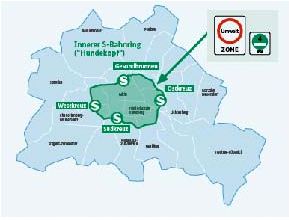Today we review a discussion paper that examines the changes facing the EU in achieving a 27% increase in the share of renewable energies while also reducing greenhouse gas emissions by 40 % before 2030, only 15 years away. Among the factors considered are the declining need for energy efficiencies or at least for financial renumeration as technology improves and matures, the need for states within the EU to consider implementing joint or regional plans to take advantage of and lessen negative impacts of border states.

Key Quotes:
“This framework includes binding targets for (i) domestically reducing greenhouse gas emissions by 40% until 2030 compared to 1990 and for (ii) increasing the share of renewables to 27%. Finally, there is an indicative target to improve energy efficiency by at least 27% compared to “business-as-usual” projections of the future energy demand.”
“Assuming a share of 27% renewables in 2030, between 500 and 910 TWh of additional renewable energy will have to be deployed in the decade from 2020 and 2030, depending on the level of final energy demand… These are the net figures, which do not consider potentially needed replacements of older renewable energy “
“A stronger decline of energy demand corresponding to a 30% energy efficiency target would lead to the lower boundary, while moderate energy efficiency measures (leading to energy demand savings of 21% compared to baseline) combined with no dedicated support for biofuels beyond 2020 may lead to an increase of additional net deployment of renewables in the electricity sector when compared to the decade from 2010 to 2020. When considering gross instead of net figures, the difference between this and the upcoming decade is even more striking: the additional amount of renewable electricity between 2020 and 2030 would have to remain at least on the same level as in this decade but might also have to increase by up to 46%”
“the analysis indicates a strong decline in remuneration levels for renewables over the whole assessment period as a result of expected technological progress across all key renewable technologies. This positive trend is driven by cost reductions for onshore and offshore wind as well as solar photovoltaics, which are expected to be the dominant renewable energy technologies in the power sector beyond 2020.”
“.. instead of single EU member states pledging themselves to a national target, groups consisting of several EU member states could pledge themselves to a joint or regional target. This implies to gradually move beyond strictly national energy policies towards a more co-ordinated approach as part of a broader EU vision.”
“a common understanding on these cross-border effects enables the cooperating member states to design action plans and policies seeking to maximise beneficial cross-border effects and fairly share the burden of unfavourable ones across all affected parties.”

















































